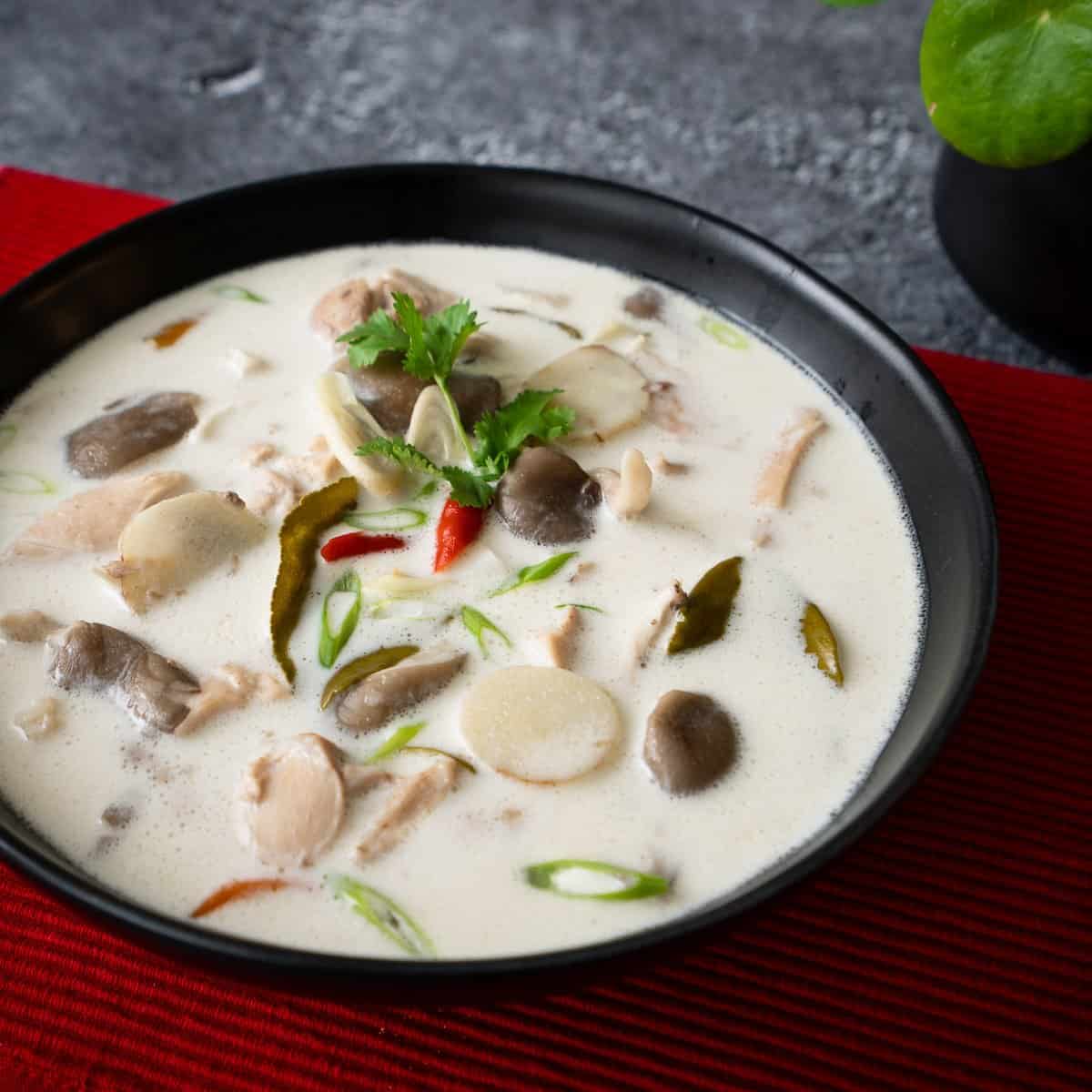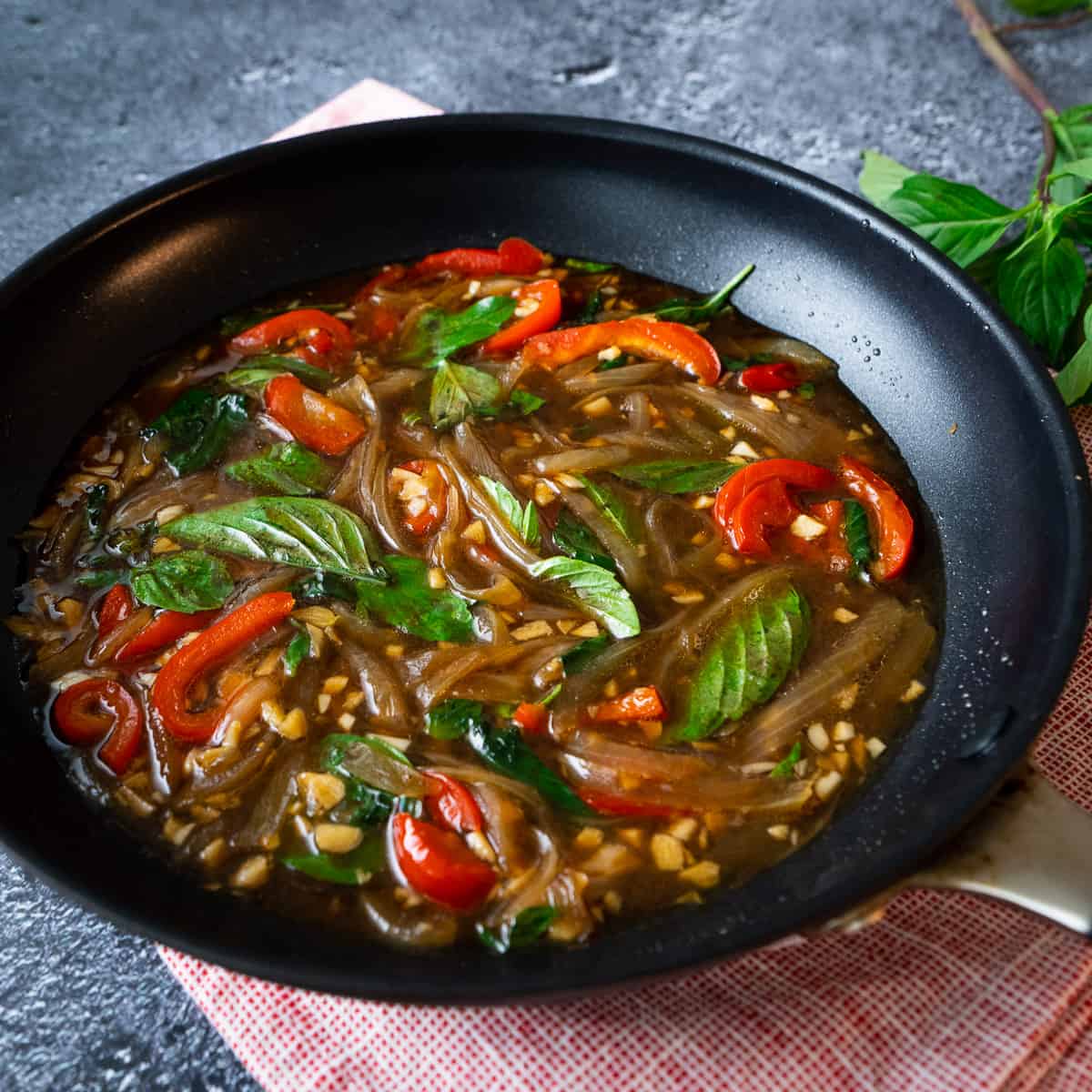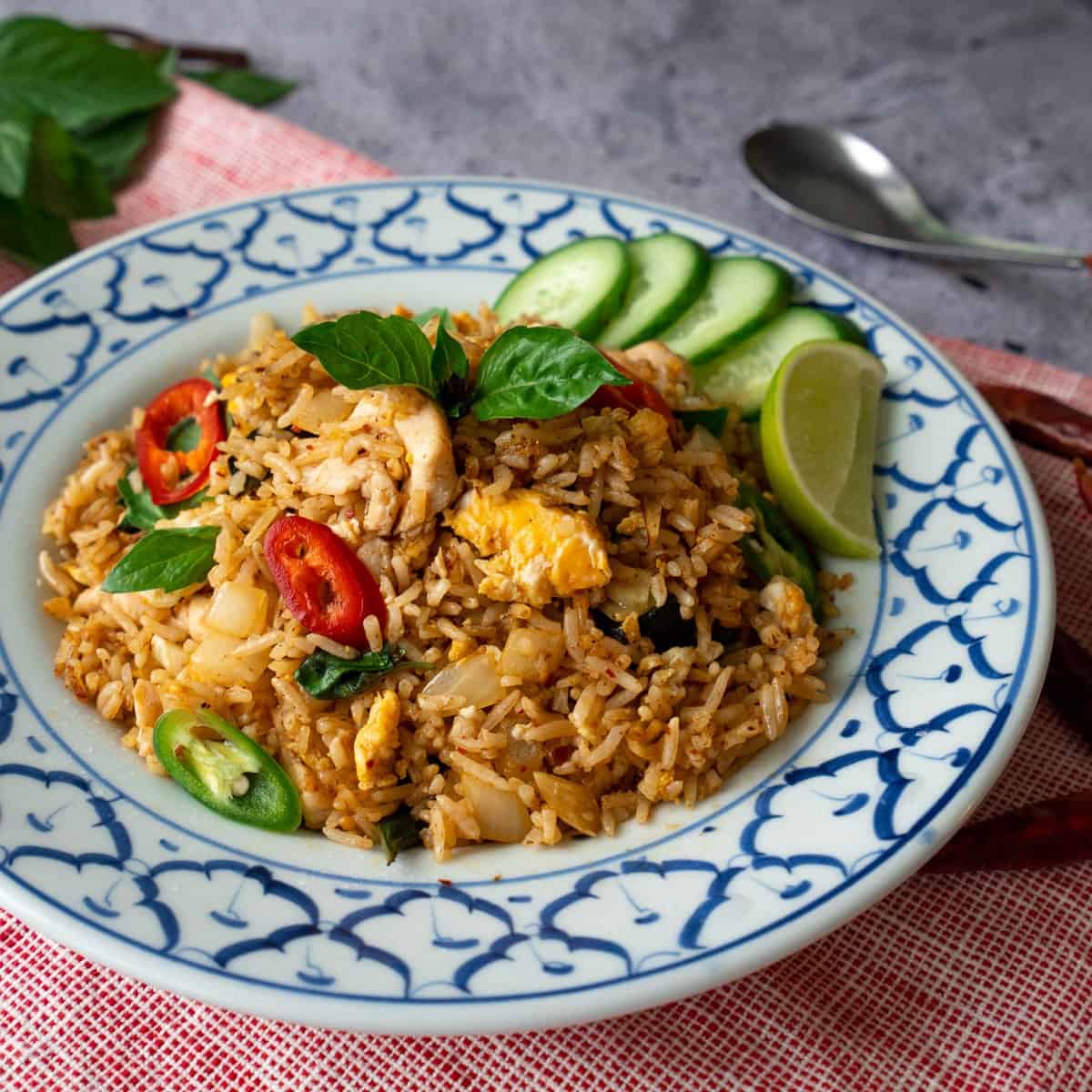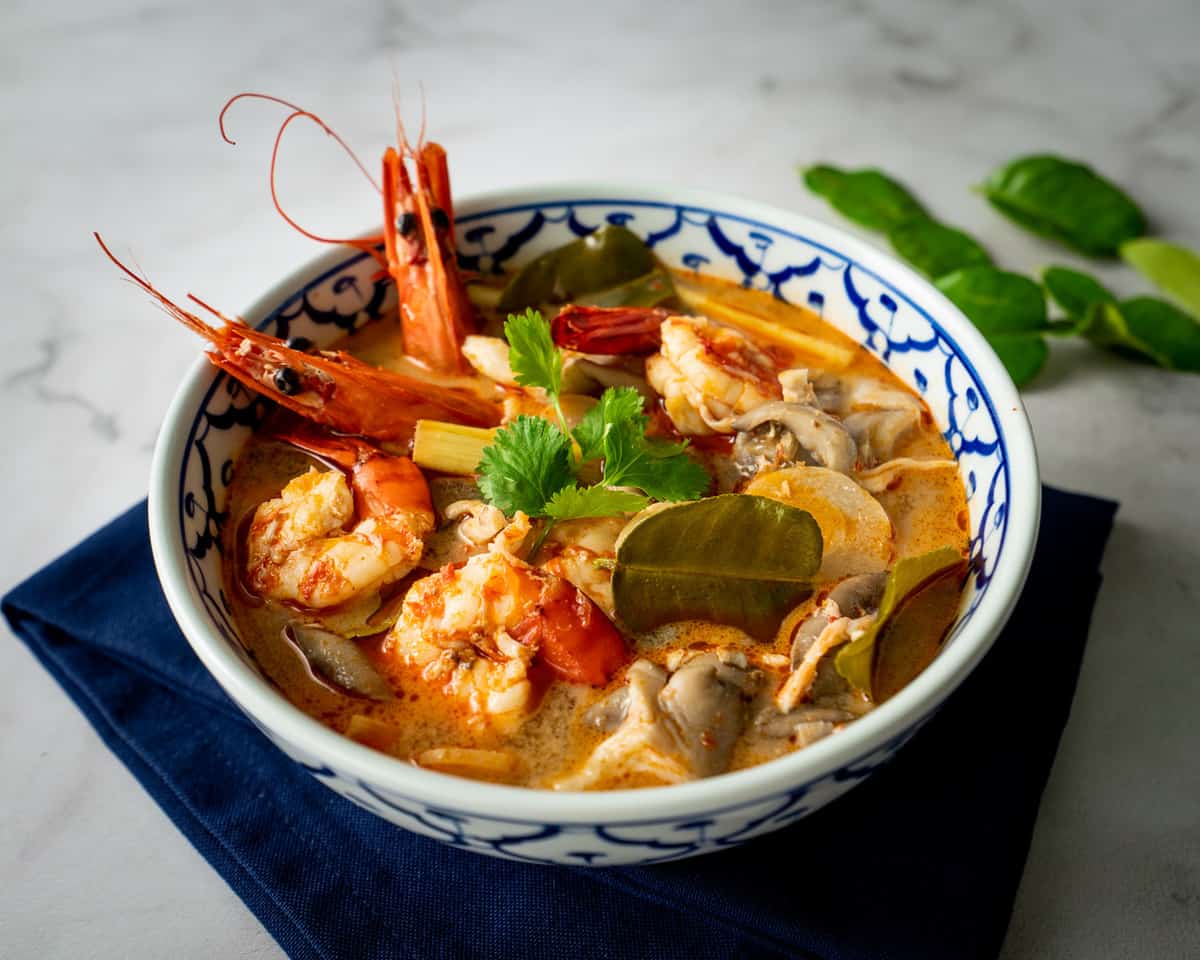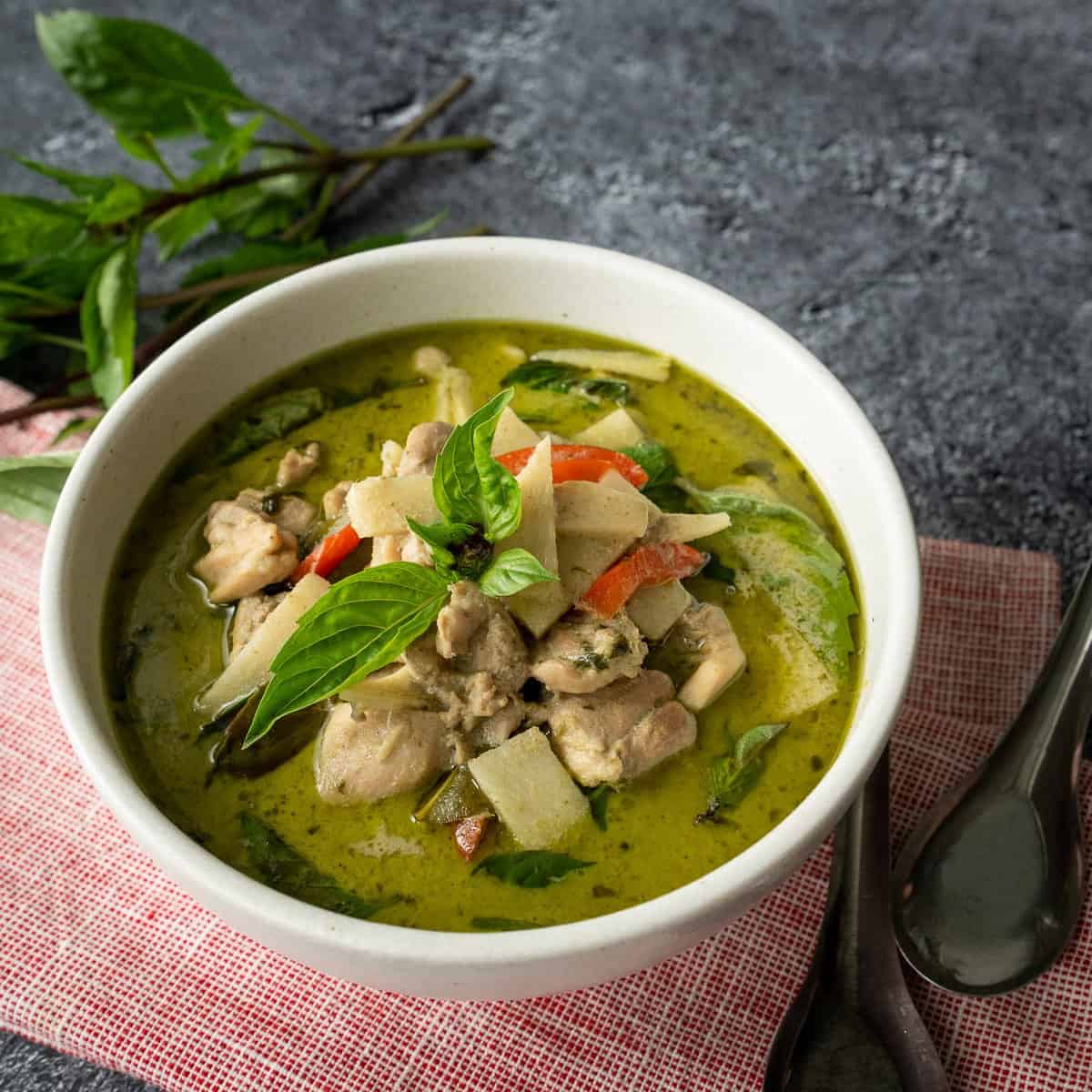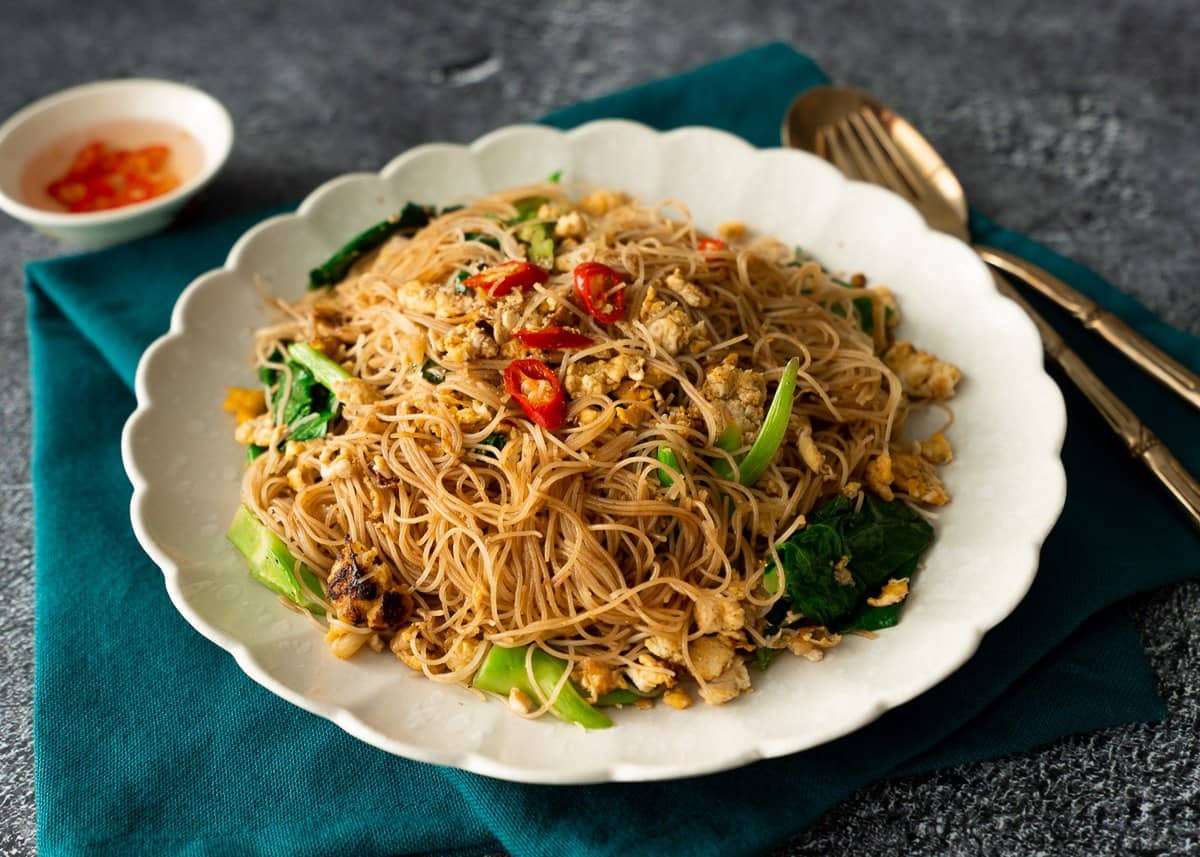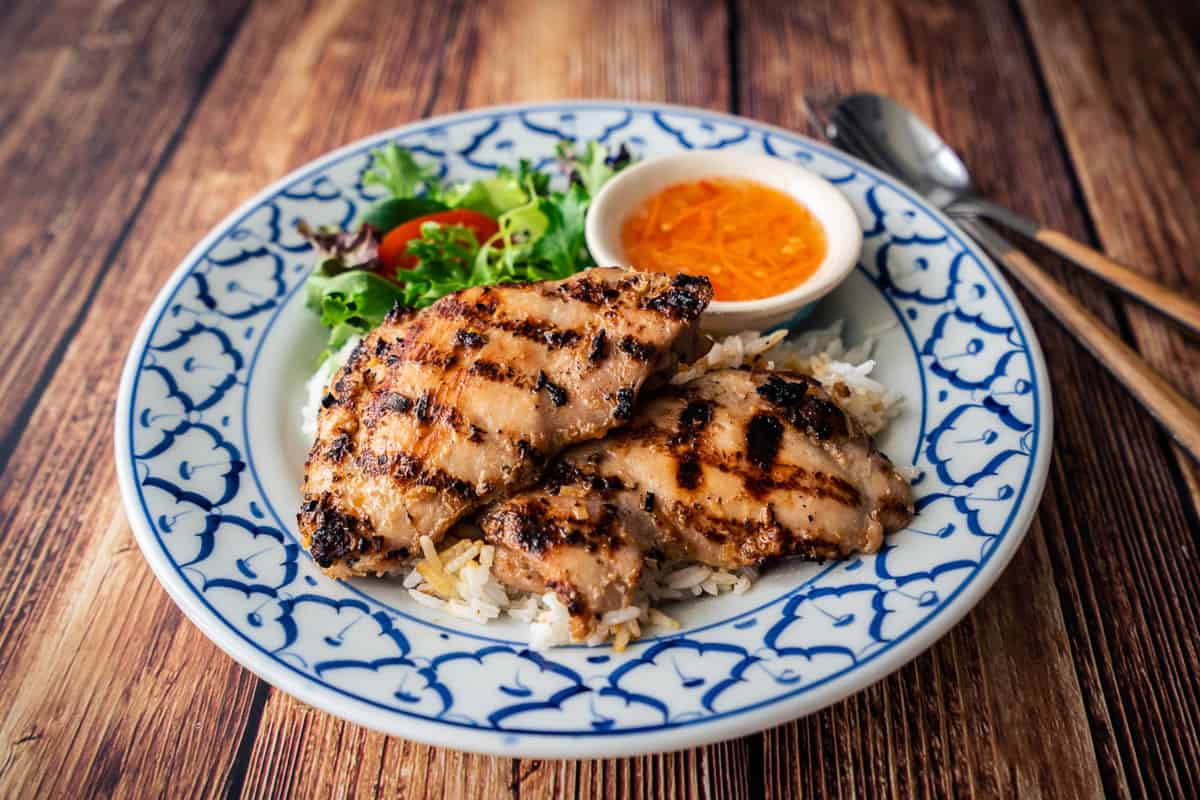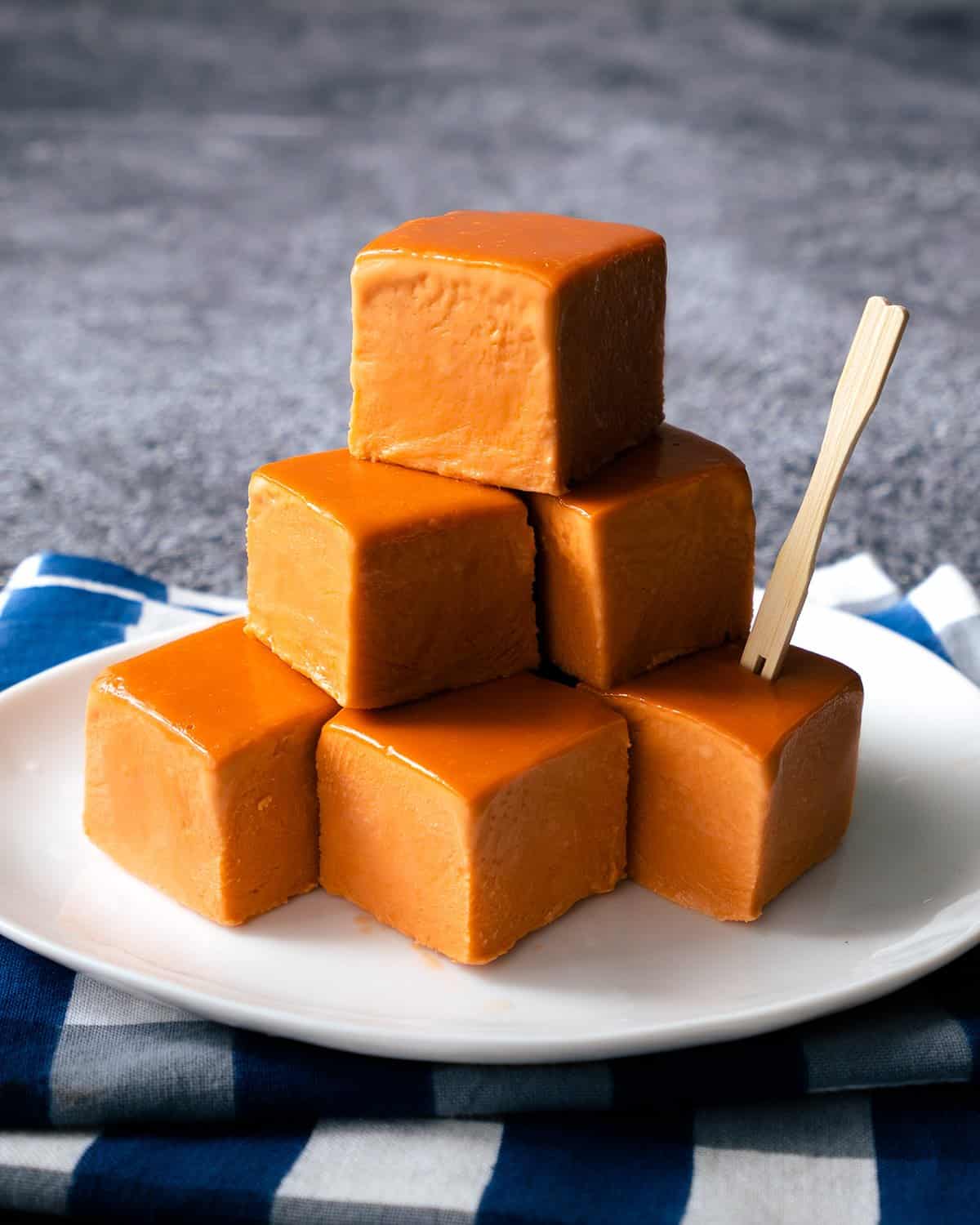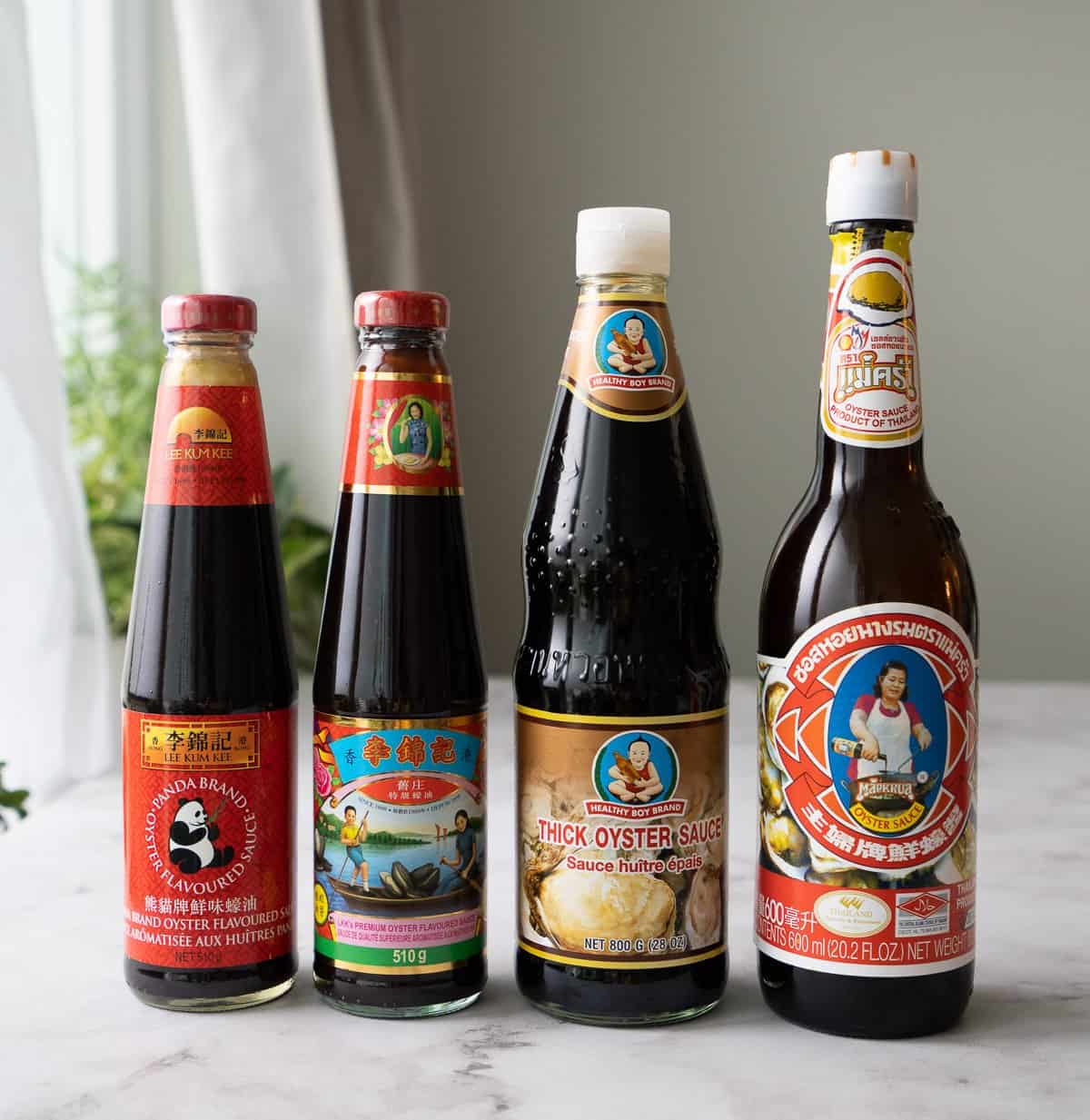Soy Sauce 101 - What You Need To Know
Jump to video!
Have you ever been intimidated by the soy sauce aisle at the Asian grocery store? In my experience, it is the single biggest section dedicated to one type of product at most Asian supermarkets. At my local store it's half of the entire aisle, and I've seen so many people stand in front of the aisle and looking entirely overwhelmed. Well, this video is here to help you clarify some of those questions.
*Extra Goodies for Patreon Members: In this episode's "Show After The Show" I share a few "unconventional ways" I use soy sauce (that is, outside of putting it in Asian stir-fries and the other usual suspects), and my cameraman Adam also shares his favourite soy sauce and why! Find out more about becoming a Patreon member here.
Types of Soy Sauce
Regular soy sauce
They're those bottles that just say “soy sauce” on it, or maybe "premium soy sauce" if they want to sell it for more money! The main purpose of regular soy sauce is saltiness, obviously right? But you’ll see why it’s important to point out when we talk about the other types.
For all of my Thai recipes, when I use soy sauce I use Healthy Boy Brand Mushroom Soy Sauce. Now it’s IMPORTANT to note that when it comes to Thai soy sauce, there are 2 types of “regular soy sauce” the mushroom soy sauce and the non-mushroom one. They are interchangeable in all recipes, it’s just a matter of preference what you use. I happen to like my the mushroom one and it's the one my family has always been using. The non-mushroom version of the Healthy Boy soy sauce will have a yellow label. However, the Chinese also make a mushroom soy sauce, but that is different and can be really dark, so do not substitute non-thai mushroom soy sauce for my Thai mushroom soy sauce.
Dark Soy Sauce or Black Soy Sauce
This is what you’ll use if your main goal is to give your dish a dark rich brown colour. A little bit of this stuff goes a long way so you never need much, and if you put too much it tends to taste a bit bitter. In Thailand our version of dark soy is actually called black soy sauce, it’s how I refer to it in my recipes. Thai dark soy sauce is not very salty at all so you don’t add this if you want to add saltiness.
Thai black soy sauce can be hard to find, but Chinese dark soy sauce this is much more available. However, it is a lot saltier than the Thai one, so while it does work as a substitute, be sure to cut down on the amount of regular soy sauce or other salty ingredients in the recipe slightly.
Sweet Soy Sauce
We rarely use sweet soy sauce in Thai cooking, but it is widely available in Thailand as people use it to make some dipping sauces. But most of the time you’ll see it in Indonesian and Malaysian cooking. This is used when the main goal is to get sweetness, with a touch of saltiness, and a rich flavour. It’s sort of like a combination of molasses and soy sauce.
Low-Sodium Soy Sauce
Basically regular soy sauce with less salt. Only use this as a sub for regular soy sauce if you're concerned with sodium intake. You can use the same amount as is called for in the recipe.
Light Soy Sauce
Many people think this is "low-sodium" but it isn't. From what I've seen, if a brand has light soy sauce, it won’t also have “regular soy sauce” because the light IS the regular. It seems like some brands label it “light” because they also carry a “dark soy sauce” and they want to clearly differentiate the two. Some brands, as you see in the video, will have a light AND a low-sodium as well, so it can be confusing!
Other Soy-Based Seasoning Sauces
Golden Mountain Sauce, Thai Seasoning Sauce, Maggi, Bragg's Liquid Amino (or liquid soy seasoning)...these are basically a type of soy sauce in a sense that they are all fermented, salty soy products. They just don't call them soy sauce because the flavours are different. In the case of Bragg's is also gluten free and can be used as a gluten-free soy sauce.
A better option for gluten free soy sauce substitute is perhaps tamari. Tamari is a type of Japanese soy sauce that is made with little or no wheat, but most brands on the market in N. America make it with no wheat so it’s appropriate for people who don’t eat gluten.
Want to save this post for later? Pin it!
Watch The Full Review!
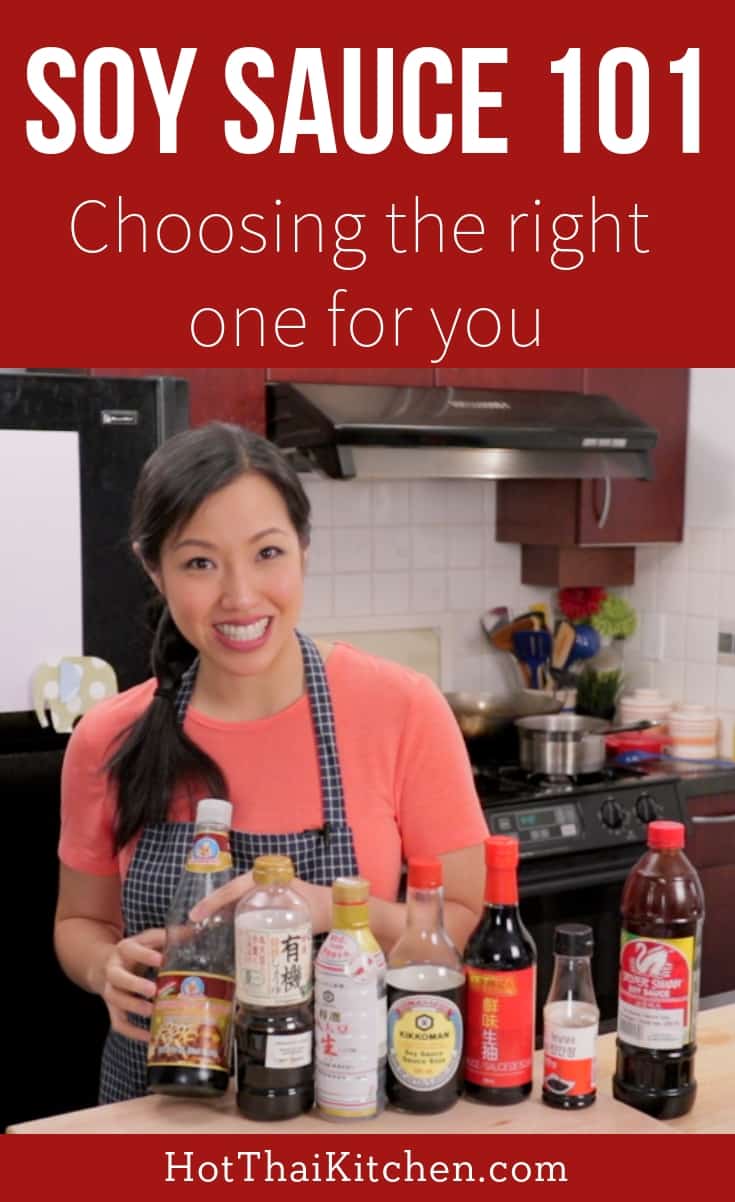
The post Soy Sauce 101 - What You Need To Know appeared first on Hot Thai Kitchen.
